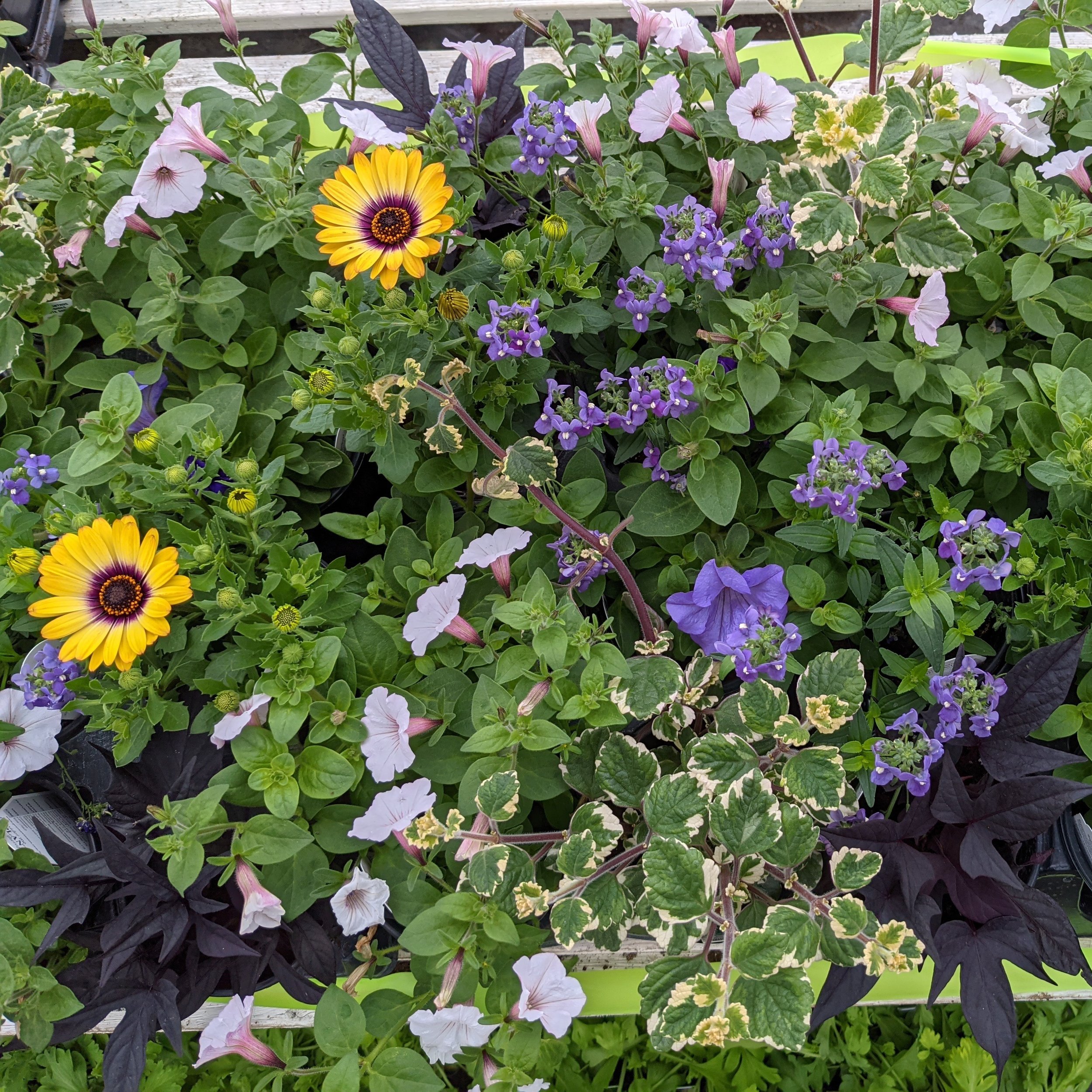Squash bug eggs on the underside of a zucchini leaf.
All throughout the growing season we get a lot of questions from our customers about pest and disease issues. Here are some guidelines and resources that we hope you find helpful.
My plants have a pest or a disease, what do I do?
Don’t panic.
Take a closer look:
What triggered the “my plant is sick” alarm? Is it holes in the leaves, yellow leaves, visible pests, rotten parts of the plant? Try describing the damage in words, this will help you use the right words in a Google search or describing it to someone else.
How many plants are affected? Is it just one type of plant or all plants in one area?
Can you detect an insect, caterpillar, slug or other animal?
Are there eggs? Look at the underside of leaves.
Does anything in the immediate surrounding give you clues, like a soggy spot in the garden, a vole hole nearby? Has the weather been exceptionally rainy or dry, hot or cold?
Take photos. Make sure the lighting is good - shade is often better than harsh sunlight. Take pictures from various angles. Take whole plant photos as well as close-ups.
Now that you’ve familiarized yourself with your situation, you’re ready for the next step:
See what a Google image search with the name of the plant and a description of the symptoms brings up.
Visit THIS helpful University of Minnesota Extension page and click through the questions.
Contact the UVM extension gardener helpline here. You can either fill out a form with detailed information on your plant issue and submit photos or give them a call during their hotline hours.
Send us a description and photos to info@redwagonplants.com. Give us a few days to get back to you, especially during our busy season. We’ll do our best to help.
What to do next:
This will greatly depend on what your disease or pest turns out to be. Some situations will require no action, other times you may need to remove leaves, squish bugs or use an organic spray. We’re happy to give you our tips on best practices once you know your disease or pest.
Things we don’t recommend:
Give up gardening.
Please don’t bring diseased plants or weeds to our nursery (or any other place that grows plants) for ID, not even in Ziploc bags. You could unintentionally be spreading diseases to our plants. Send photos instead.
Spray with insecticides without knowing if an insect you found is really a pest. Many bugs on your plants are either harmless or beneficial.
This post was written by Kat Consler.




